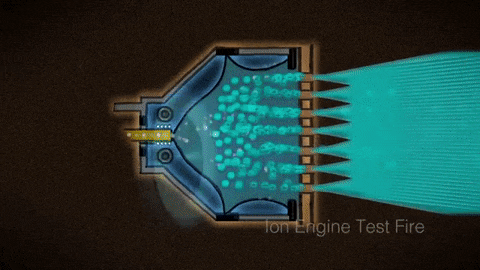
Ion thrusters are being designed for a wide variety of missions – from keeping communications satellites in the proper position to propelling spacecraft throughout our solar system. But, what exactly is ion propulsion and how does an ion thruster work?
~Regular Rocket Engines: You heat it up a gas, or put it under pressure, and you push it out of the rocket nozzle, and the action of the gas going out of the nozzle causes a reaction that pushes the spacecraft in the other direction.
~Ion Engines: Xenon gas gets a little electric charge, then they’re called ions, and we use a big voltage to accelerate the xenon ions through this metal grid and we shoot them out of the engine at up to 90,000 miles per hour.

Something interesting about ion engines is that it pushes on the spacecraft as h...
Read More








Recent Comments